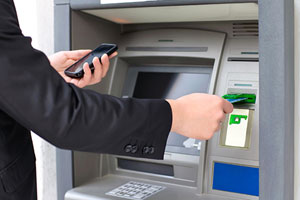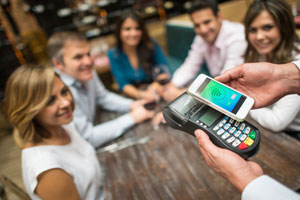
The way Australians pay is changing rapidly. Industry leaders discussed the technology reshaping the future of payments in Australia at Cuscal’s Curious Thinkers 2024.
From speed and security to customer experience and fraud prevention, these innovations are creating new opportunities (and challenges) for the payments landscape.
Below, we recap four key technologies discussed by panelists: Real-time Payments, Digital Wallets, Digital Identity, and Data.
1. Real-time Payments
Real-time payments deliver instant, account-to-account transfers, boosting cash flow and eliminating settlement delays. PayTo, a feature of Australia’s New Payments Platform (NPP), offers both businesses and consumers more visibility and control over their payments while maintaining security and privacy.
Real-time payments are already proving effective across multiple industries, including retail, utilities, and government transactions, reinforcing their long-term viability and reliability.
Many Australians still default to traditional card payments, making widespread adoption slower than expected. However, panelists noted that once users try PayTo, they consistently choose it for its convenience and security.
“What we are finding is people, once they’ve used it … they really like it…We’re certainly seeing the proof that real-time account-to-account can be used in many, many situations.”
Tom Rundle, Chief Product Officer, Azupay
Set-up for success
Driving adoption of real-time payments will take effort from both banks and businesses, including:
- Optimising business integration: Ensuring backend systems support real-time reconciliation and reporting will help businesses transition smoothly.
- Strengthening security and trust: Clear fraud prevention measures and robust consumer protections will reassure users and encourage uptake.
- Raising consumer awareness: Educating customers on the benefits of real-time payments, such as speed, reliability, and security, will boost confidence and usage.
2. Digital Wallets
Digital wallets let users store payment cards on their smartphones or wearable devices to make quick, secure payments in stores, online, and in apps. Instead of using a physical card, users can tap and pay at contactless terminals or authorise transactions digitally.
Digital wallets have become a go-to payment method in Australia.
According to the RBA, Australians made over 398 million mobile wallet payments in February 2025, totaling more than $16.6 billion across both credit and debit cards.
“Consumers expect payments to be as seamless as the services they use. Digital wallets fit that expectation.” Tom Rundle, Chief Product Officer, Azupay
Set-up for success
Key enablers that will help drive adoption include:
- Provider agnostic solutions: Implementing solutions that support multiple digital wallet providers.
- Complementing real-time payments: Understanding when and how to offer both digital wallets and real-time payments to meet consumer expectations for convenience and security.
3. Digital Identity
Digital identity will play a key role in the future of payments in Australia. Strong verification mechanisms, such as biometric authentication and government-issued digital IDs, will be crucial in reducing fraud and enhancing transaction security.
Biometric authentication is already playing a role in how Australians access financial services, with many institutions using tools like facial recognition and fingerprint scanning to verify users.
“Digital identity [enables] two things. It’s who are you? And the other thing is what are you allowed to do? And often [not all parties to a payment] need both of those pieces.” Tom Rundle, Chief Product Officer, Azupay
Set-up for success
Key enablers that will help drive adoption include:
- Building consumer trust: Consumers need confidence that their digital identity is secure, private, and protected against misuse.
- Interoperability across systems: A widely accepted digital identity must integrate seamlessly across financial institutions, businesses, and government services.
4. Transaction Data
Data is transforming payment ecosystems, helping businesses enhance fraud detection, improve customer experiences, and streamline reconciliation.
More Australian businesses are harnessing structured payment data to improve reconciliation and fraud detection. AI-powered analytics are enabling financial institutions to identify suspicious transactions in real time. Additionally, data-driven decision-making is helping businesses streamline payments, cut operational costs, and enhance security.
Set-up for success
Key enablers that will help drive adoption include:
- Accurate data: Ensure data accuracy to prevent processing errors.
- Data standardisation: Industry-standard formats to ensure interoperability across financial networks.
- Prioritise privacy and security: Strong security and privacy measures to maintain consumer trust and regulatory compliance.
Bringing it all together
The payments landscape in Australia is evolving rapidly, driven by real-time transactions, digital wallets, digital identity, and data innovation.
These technologies offer immense benefits, from faster and more secure payments to enhanced customer experiences. However, successful adoption depends on trust, seamless integration, and consumer awareness.
This article builds on the insights from the first in our series, which explored how businesses can create a consumer-centred payment system to drive loyalty.
References
Reserve Bank of Australia, ‘C1.1 Credit and Charge Cards – Original Series’ and ‘C2.1 Debit Cards – Original Series’, Reserve Bank of Australia website, statistical tables, February 2025, accessed 30 April 2025, <https://www.rba.gov.au/statistics/tables/xls/c01-1-hist.xlsx, and https://www.rba.gov.au/statistics/tables/xls/c02-1-hist.xlsx>
Important Information: Information in this article is current as at 16 May 2025 and is subject to change. This article is provided for general information purposes only and does not have regard to the situation or needs of any reader and must not be relied upon as advice. Before acting on this information, consider its appropriateness to your business Cuscal Limited ABN 95 087 822 455.
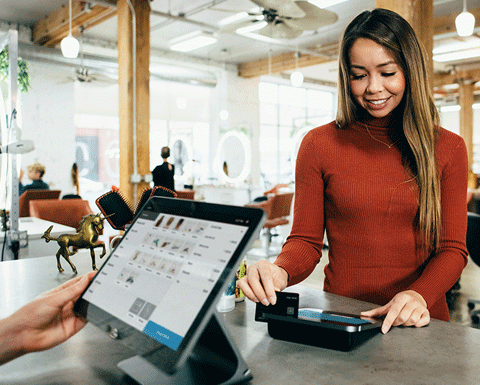


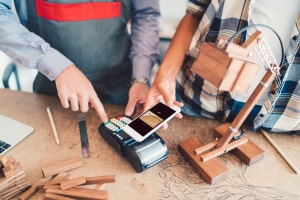

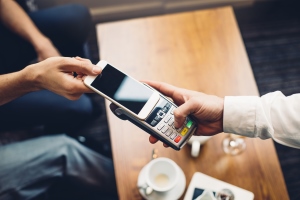

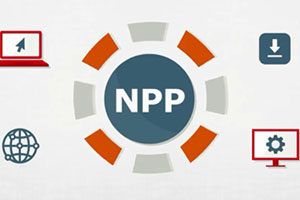

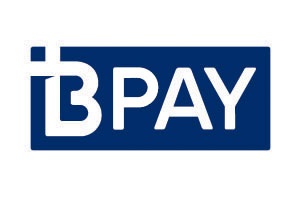
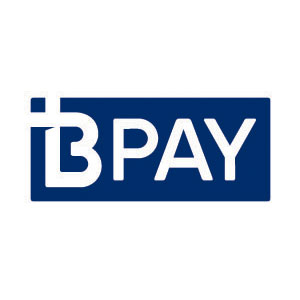 As we race towards the launch of the
As we race towards the launch of the 

